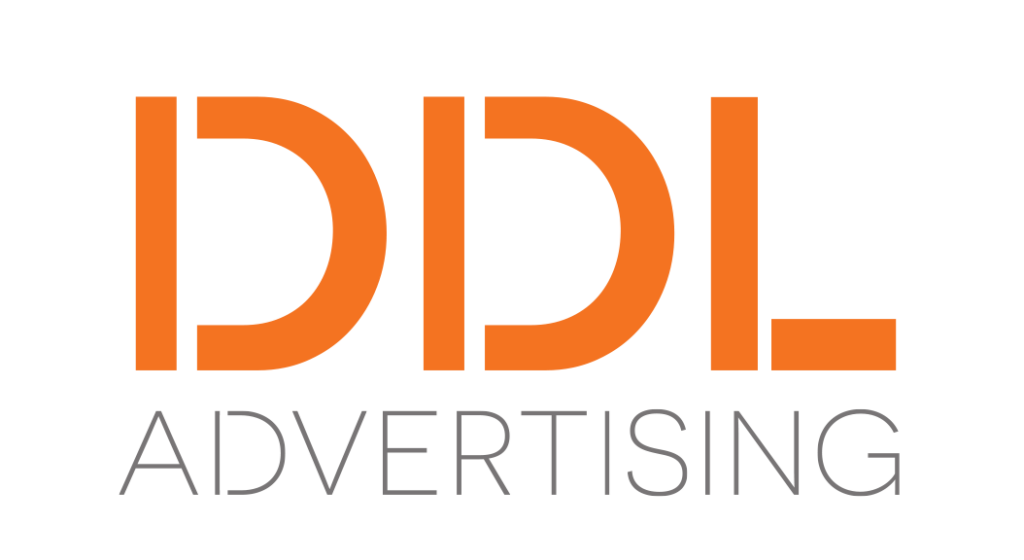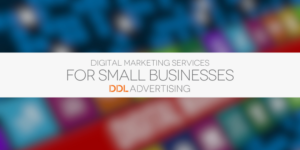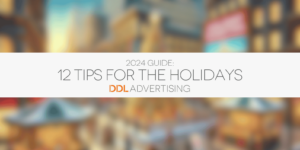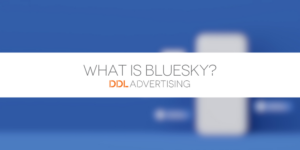
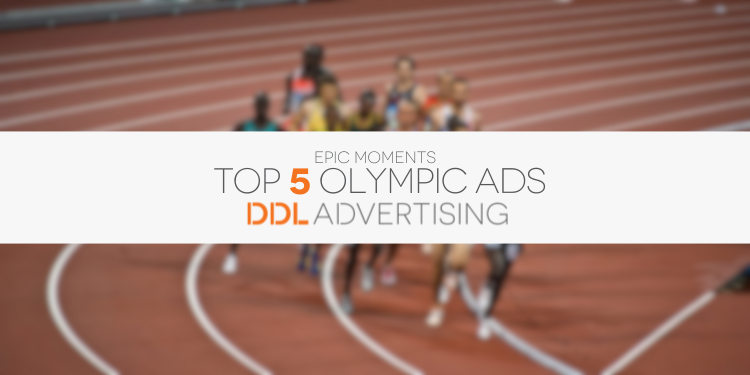
Overview.
It’s almost here. That time every two years when the world puts aside all the strife (or tries to) and celebrates Olympic glory. Nearly as synonymous with the rise in nationalism and pride for our elite athletes is the debut of the next wave of Olympic ads. You know, the ones with the intensely cold color grading, long sustained shots of star athletes dripping with sweat, and the overly dramatic Ludovico Einaudi music.
These traits are what set the commercials and athletes apart. Olympians spend years competing and training for their chance at eternal fame. Likewise, advertisers spend millions of dollars traveling the globe, capturing footage and telling stories about how their products support the competitive spirit or how their brand contributes to the betterment of humans via sport.
We’ve watched our fair share of these commercials and thought, “y’all love a listicle, and we love talking ads.” So here are our five favorite Olympic ads/campaigns, in no particular order.
Our Top Olympic Ads:
Virgin Media x Usain Bolt | #bethefastest:
9.58 seconds. That’s the world record for the 100-meter sprint set by Bolt at the 2016 Rio Olympics. It’s also the focal point for Virgin Media’s spot, which underlines the importance of speed. The ad, like most, is a montage of sports clips highlighting the trials and tribulations of becoming an Olympic athlete. However, the spot shows a timer counting up to 9.58 to provide context for how fast Bolt is.
Why it works:
This spot integrated its product, broadband internet, and the idea of speed seamlessly. It asserts that, like Usain Bolt, more distance at a faster pace is better. Being able to take a relatively unrelated product like internet and marry it with a star Olympian highlights the importance of good brand storytelling. The team behind this spot understood that they could create a captivating ad despite an indirect connection, taking the time to find the throughline between Usain Bolt and their product. The genius here is the physical representation of just how fast Bolt is. Having enough time in the 1:40 spot to replay the 9.58 second several times drives home the speed point, leaving the audience feeling inspired by elite athleticism and understanding the importance of speed in online connectivity.
Nike | Find Greatness:
This campaign tells a complete story. The introductory spot sets the scene, calling out the motif that greatness does not always mean being on the top of the podium; It’s conditional to the person, experience, and place. The campaign redefines greatness as something anyone can achieve as long they (through the use of Nike products, duh) continue to work at it. As the campaign unfolds, we see different scenes around the globe of various athletes, some with disabilities, age restrictions, religious or other distinctions, all participating in their sport.
Why it works:
For a global brand like Nike, this campaign is equal parts smart and powerful. The Olympics are unique to the world, so to tell a story of greatness, Nike has to include athletes from all corners of the globe. Given their reach, it’s likely each specific moment of greatness aired in its respective market. Nevertheless, the campaign concludes with all of these players converging on a single location to achieve greatness.
Proctor & Gamble | Thank You Mom:
Another series spanning multiple countries is the P&G ‘Thank You Mom’ Campaign. Each Olympic Cycle from 2012 – 2028 P&G debuted a new ad shouting to all moms creating Olympians. For some reason, the mom and the Olympian motif is repeated often (see the next pick). Maybe because it’s an easy lay-up to tug at the heartstrings, it’s effective nonetheless. Like the Virgin Media ad, P&G isn’t necessarily a conglomerate directly related to the Olympics. They produce laundry and dish detergents, batteries, and hygiene products – What business do they have with sports?
Why it works:
Once again, the storytelling of the mom shuttling the athlete from youth practices to the world’s stage will undoubtedly include a few loads of laundry to wash uniforms and gear. The campaign incorporates scenes of folding/doing laundry or feeding the growing athlete and thus doing dishes. Still, it focuses on the relationship between the mother and athlete, asserting that without the mom (and her ability to do laundry as subtext), the athlete can’t grow. This narrative of the joy a mother finds watching her child achieve success resonates with mothers and those athletes, professional or otherwise, who have ever received support from their parents.
Due to this successful storytelling, P&G attributed roughly 500 million in increased sales to the ads.
National Lottery | Funded Athletes:
Another mother motif, but different, this spot follows the journey of a mother who had a dream. Unfortunately, she could not achieve that dream—to be a runner. We follow that mother’s journey from a young girl to working, getting married, and having her daughter. As the daughter shows athletic prowess, we see the mother become more invested until, ultimately, she is watching her daughter in the Olympics.
Why it works:
The relatable storytelling in this piece, combined with the charity component of the National Lottery to fund the daughter’s journey of becoming an Olympic athlete, is a classic example of right place, right fit. Rather than needing to find a central idea marrying two unrelated entities like someone else’s examples, this is a textbook lived experience based on an actual story-type spot. Drawing on true stories almost always works because, A) it happened and B) It encourages the audience to chase their dreams because they are clearly achievable (if you play the national lottery 😉).
Visa | Go World:
Throwing it back to 2008, Visa’s Go World campaign tells the story of influential athletes. Leaning on greats like Nastia Liukin, Michael Phelps, Bob Beamon, and Kerri Strug, Visa, like Nike speaks to the power of these athletes and their remarkable achievements. Whether coming from a family of Olympians, jumping farther than a device can measure, or sticking a vault on one foot, the sport unites these athletes as Olympians but also as members of the world. The slogan “Go World” then works two ways. One is an encouragement of views to travel and see the world. The second as “go team” references, effectively supporting all olympians. Visa leans into the second one, calling out that it’s the only card accepted at the Olympic games.
Why it works:
Morgan Freeman. That’s why. Well, mostly yes, Freeman’s powerful voice commands attention and dramatizes the feats being described. Combining exceptional skill and global support for athletes with an iconic voice makes the brand instantly recognizable. Regardless of your background, you have that voice, and it’ll make you pay attention.
Conclusion.
So what have we learned? It’s possible to connect seemingly unrelated brands through good smart storytelling. Familial bonds are wildly relatable. True stories hold incredible value. Representation matters. And celebrities can make the ad resonate a little more.
Ready to tell your story? Let us help! If you’re not ready yet, that’s okay, too. Just tell us who you’re rooting for in Paris 2024.

